Introduction
Salt and pepper are foundational seasonings, but pairing them with complementary spices can transform ordinary dishes into extraordinary meals. This guide provides expert combinations, step-by-step tips, and practical advice to help you master spice pairings for every cooking scenario.
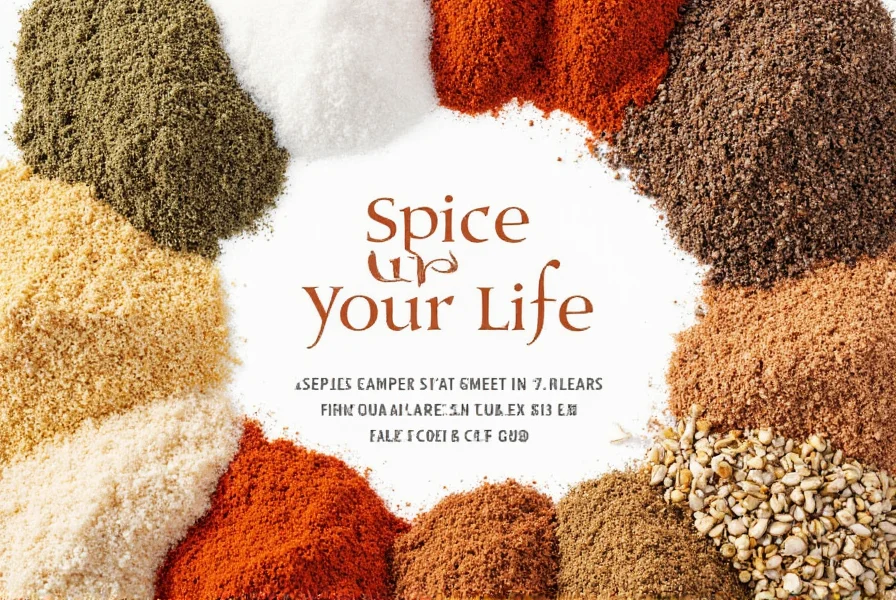
The Dynamic Duo: Salt & Pepper
Salt enhances natural flavors, while black pepper adds heat and complexity. Together, they're the foundation of seasoning — but they also work wonders when paired with other spices. Let's dive deeper into each one:
- Salt: Comes in many forms — table salt, sea salt, kosher salt, Himalayan pink salt, etc. Each has a different texture and mineral content.
- Pepper: Whole peppercorns (black, white, green, pink) grind differently and have unique flavor profiles.

How to Combine Salt and Pepper with Other Spices
Mixing salt and pepper with other spices isn't rocket science — it's part art, part instinct. Here are tried-and-true combinations that bring depth and harmony to any dish:
| Base Spices | Complementary Spices | Best Used For |
|---|---|---|
| Salt + Black Pepper | Garlic powder, paprika, cumin | Grilled meats, roasted vegetables |
| Salt + Pink Pepper | Lemon zest, thyme, basil | Fish, salads, pasta |
| Salt + White Pepper | Nutmeg, ginger, cloves | Creamy soups, mashed potatoes |
| Salt + Green Pepper | Rosemary, oregano, chili flakes | Pizza, rustic stews, focaccia |
Pro Tip:
Always taste as you go! You can always add more spice, but you can't take it away once it's in the pot.
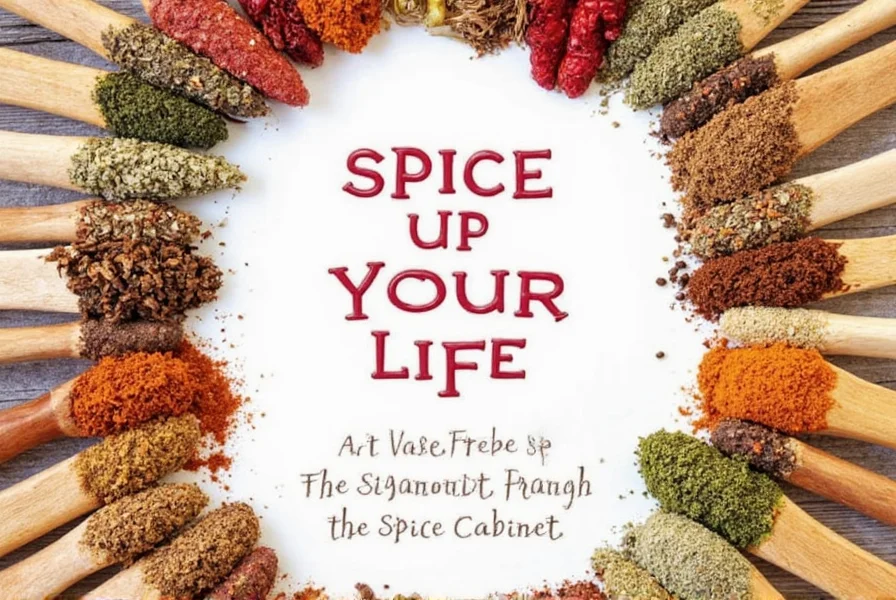
Flavor Profiles: What Pairs Well?
Understanding how flavors interact is key to becoming a confident home cook. Let's look at some flavor families and what works best when paired with salt and pepper.
- Earthy Flavors: Cumin, smoked paprika, coriander — perfect with root veggies and grains.
- Herbal Flavors: Thyme, rosemary, sage — ideal for roasting meats or making broths.
- Heat-Loving Spices: Chili powder, crushed red pepper — great for bold sauces or spicy marinades.
- Floral Notes: Cardamom, saffron, star anise — use sparingly to enhance desserts or rice dishes.
Visual Comparison:
| Flavor Type | Recommended Spices | Example Dish |
|---|---|---|
| Earthy | Cumin, smoked paprika | Roasted carrots with harissa |
| Herbal | Thyme, marjoram | Herb-crusted pork roast |
| Spicy | Chili powder, cayenne | Turkey chili with beans |
| Sweet/Floral | Cardamom, cinnamon | Braised chicken with apricots |
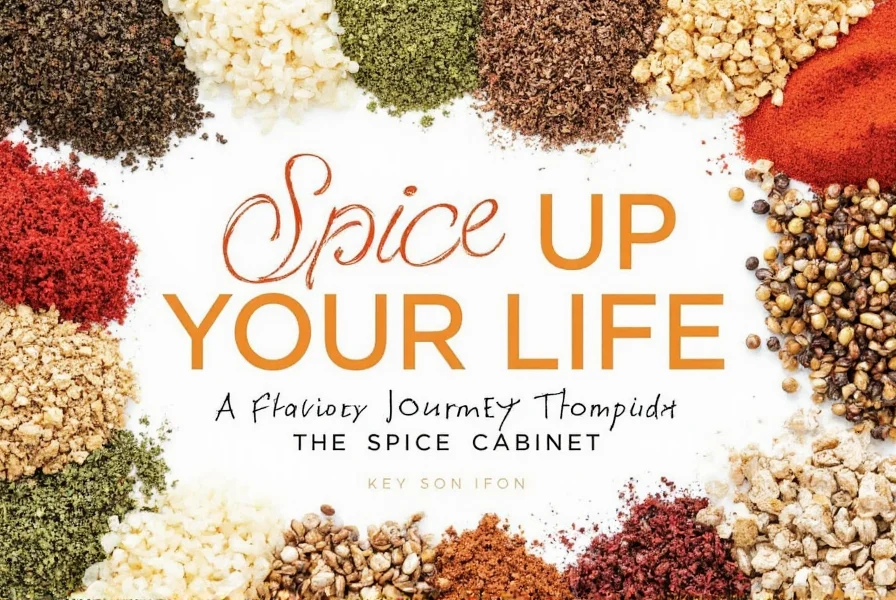
Practical Tips for Everyday Cooking
Whether you're meal prepping or hosting friends for dinner, these tips will help you make the most of salt, pepper, and beyond:
- Toast Your Spices: Heat them gently in a dry pan to unlock their aromas before adding to dishes.
- Layer Seasoning: Add salt and pepper during cooking, not just at the end.
- Create Custom Blends: Mix salt, pepper, and other spices to make signature seasonings for grilling, baking, or salad dressings.
- Store Properly: Keep spices in airtight containers away from light and moisture to preserve potency.
- Use Fresh Peppercorns: Invest in a good pepper mill and grind as needed for maximum flavor punch.

Buying Guide: Choosing the Best Salt, Pepper & Spices
Not all salts and peppers are created equal. Let's break down the best options for your kitchen shelf:
Top Picks for Salt
- Kosher Salt: Coarse texture, easy to pinch. Great for general cooking and curing meats.
- Himalayan Pink Salt: Slightly mineral-rich with a mild taste. Perfect for finishing dishes.
- Fleur de Sel: Delicate, hand-harvested sea salt. Ideal for gourmet finishing touches.
Top Picks for Pepper
- Whole Black Peppercorns: Fresh ground pepper offers superior flavor. Use for almost everything.
- Pink Peppercorns: Fruity and floral. Excellent with seafood and fresh cheeses.
- White Pepper: Milder than black, but earthier. Common in French cuisine and creamy sauces.
Must-Have Supporting Spices
- Cumin: Essential for Middle Eastern and Latin American cuisines.
- Paprika: Sweet or smoked varieties offer depth without heat.
- Coriander: Warm, citrusy notes. Works well with lamb, tomatoes, and legumes.
- Crushed Red Pepper: Adds instant fire. Perfect for pasta, pizza, or dipping oils.
Who Should Buy What?
| User Type | Recommended Products | Why It Fits |
|---|---|---|
| Home Cook | Kosher salt, black peppercorns, cumin, paprika | Classic combo for everyday meals |
| Foodie Enthusiast | Himalayan salt, pink peppercorns, cardamom, za'atar blend | For experimenting with global flavors |
| Professional Chef | Fleur de sel, white pepper, coriander seeds, sumac | High-end finishes and layered flavors |
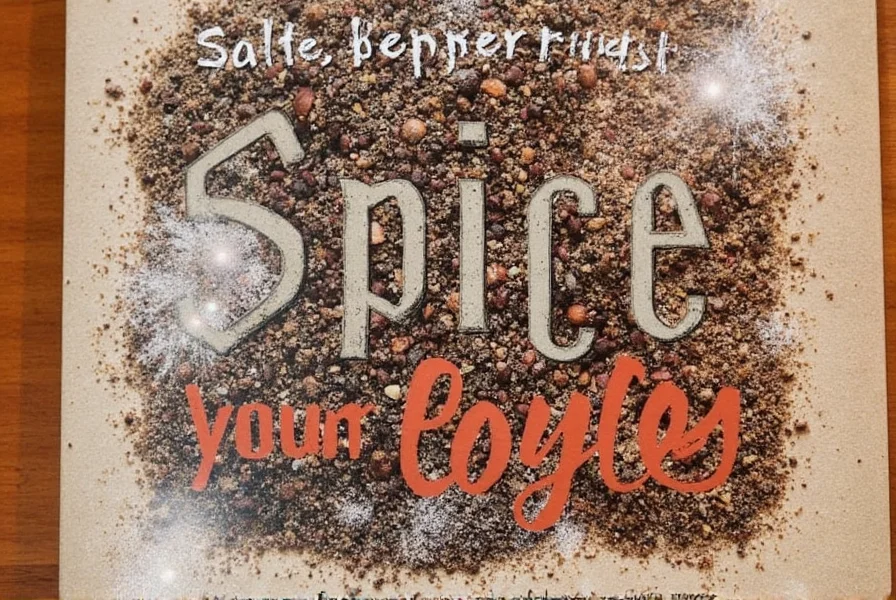
Frequently Asked Questions
What are the essential spices to pair with salt and pepper for beginners?
For beginners, garlic powder, onion powder, and paprika are the most versatile spices to pair with salt and pepper. These create a solid foundation for most savory dishes. Garlic powder adds depth to meats and vegetables, paprika brings color and mild heat (or smokiness if using smoked paprika), and onion powder enhances savory notes without the texture of fresh onions. Start with these three, and as you become more comfortable, expand to include cumin, coriander, or dried herbs like thyme and oregano.
How do I know which spices work well together with salt and pepper?
Understanding spice pairings starts with recognizing flavor families. Salt and pepper serve as a neutral base that enhances other flavors. Earthy spices like cumin and coriander pair well with root vegetables and beans. Herbal spices such as rosemary and thyme complement roasted meats. Citrusy spices like sumac work beautifully with fish and salads. A good rule of thumb is to consider the cuisine you're preparing—Mexican dishes often use cumin with salt and pepper, while Mediterranean recipes might feature oregano and garlic. Always start with small amounts, taste frequently, and build your understanding of how flavors interact.
Should I use pre-ground spices or whole spices that I grind myself when combining with salt and pepper?
Whenever possible, use whole spices that you grind yourself. Whole spices retain their essential oils and volatile compounds much longer than pre-ground versions. For example, freshly ground black peppercorns have significantly more complex flavor than pre-ground pepper. The same applies to other spices like cumin seeds or coriander seeds. The exception is salt, which doesn't lose potency over time. If you're using pre-ground spices, check the "best by" date and replace them every 6-12 months for optimal flavor. When creating blends, grind whole spices first, then mix with your salt for the freshest possible combination.
What's the difference between using different types of salt with various spices?
Different salts affect how spice blends behave and taste. Kosher salt's larger crystals dissolve more slowly, making it ideal for rubs and when you want even distribution of flavor. Fine sea salt or table salt dissolves quickly, which is better for brines or when you need immediate seasoning. Himalayan pink salt has subtle mineral notes that complement earthy spices like cumin and paprika. Fleur de sel's delicate crystals are best added at the end with finishing spices like fresh herbs. Remember that different salts have different densities, so 1 teaspoon of table salt contains more actual salt than 1 teaspoon of kosher salt—adjust accordingly when creating spice blends.
How can I fix a dish that's over-seasoned with spices when using salt and pepper blends?
If your dish is over-seasoned with a salt and spice blend, there are several approaches. For excess salt: add an acid like lemon juice or vinegar to balance the saltiness, or incorporate unsalted ingredients like cooked beans or vegetables to dilute the concentration. For too much pepper: add dairy (like cream or yogurt) to mellow the heat, or a touch of sweetness (honey or sugar) to counteract the spiciness. For overpowering spices: add a starch (like potatoes or rice) to absorb some of the flavor, or create a new batch without seasoning and blend the two together. Always add these corrections gradually while tasting to avoid overcorrecting. Prevention is best—remember the cardinal rule: season in layers and taste frequently as you cook.
Can I create my own spice blends using salt and pepper as a base?
Absolutely! Creating custom spice blends with salt and pepper as your base is one of the most rewarding culinary skills. Start with a ratio of 2 parts salt to 1 part freshly ground black pepper as your foundation. Then add complementary spices based on your intended use: for a steak rub, add garlic powder, onion powder, and smoked paprika; for a chicken seasoning, include thyme, rosemary, and lemon zest; for Mexican dishes, incorporate cumin and chili powder. Toast whole spices before grinding for maximum flavor. Store your blends in airtight containers away from light, and remember that fresh blends typically maintain peak flavor for 2-3 months. The key is experimentation—keep notes of what works and adjust ratios to suit your personal taste.
Conclusion
Salt and pepper are just the beginning of a flavorful journey. When combined with the right supporting spices, they can turn ordinary meals into extraordinary experiences. Whether you're a seasoned pro or just starting out, understanding how to mix and match salt, pepper, and other spices will elevate your cooking and impress your guests.
So next time you reach for that shaker, don't be afraid to think outside the cabinet. Experiment, taste, and enjoy the endless possibilities that spices bring to your plate!
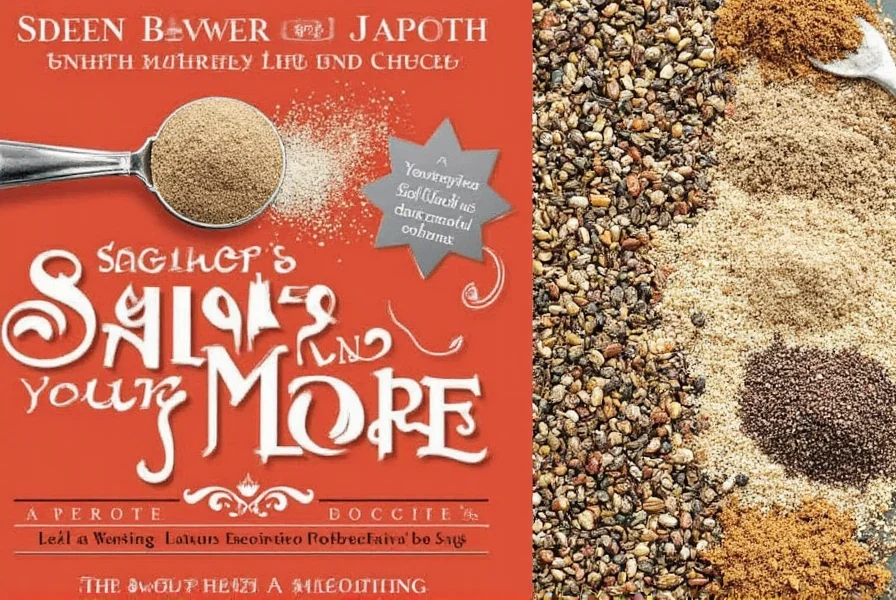

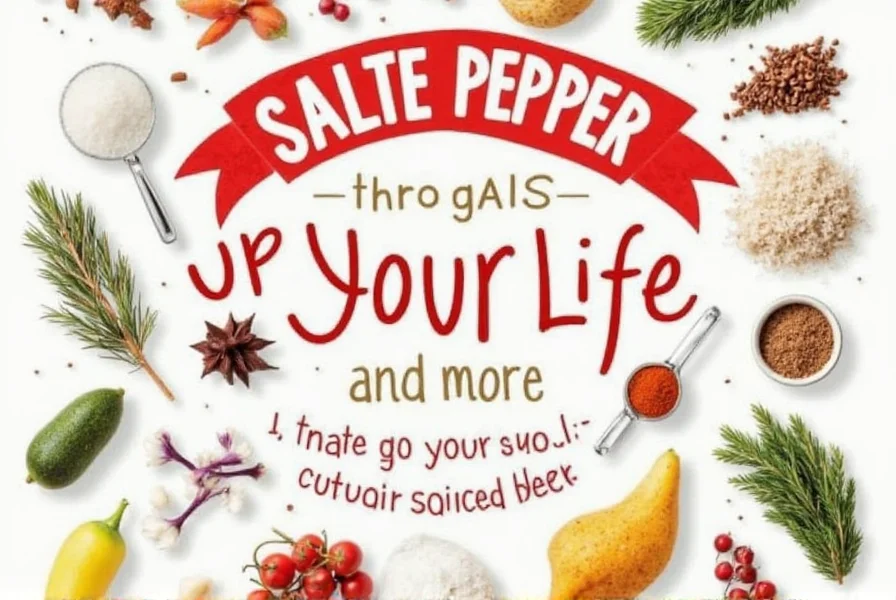









 浙公网安备
33010002000092号
浙公网安备
33010002000092号 浙B2-20120091-4
浙B2-20120091-4